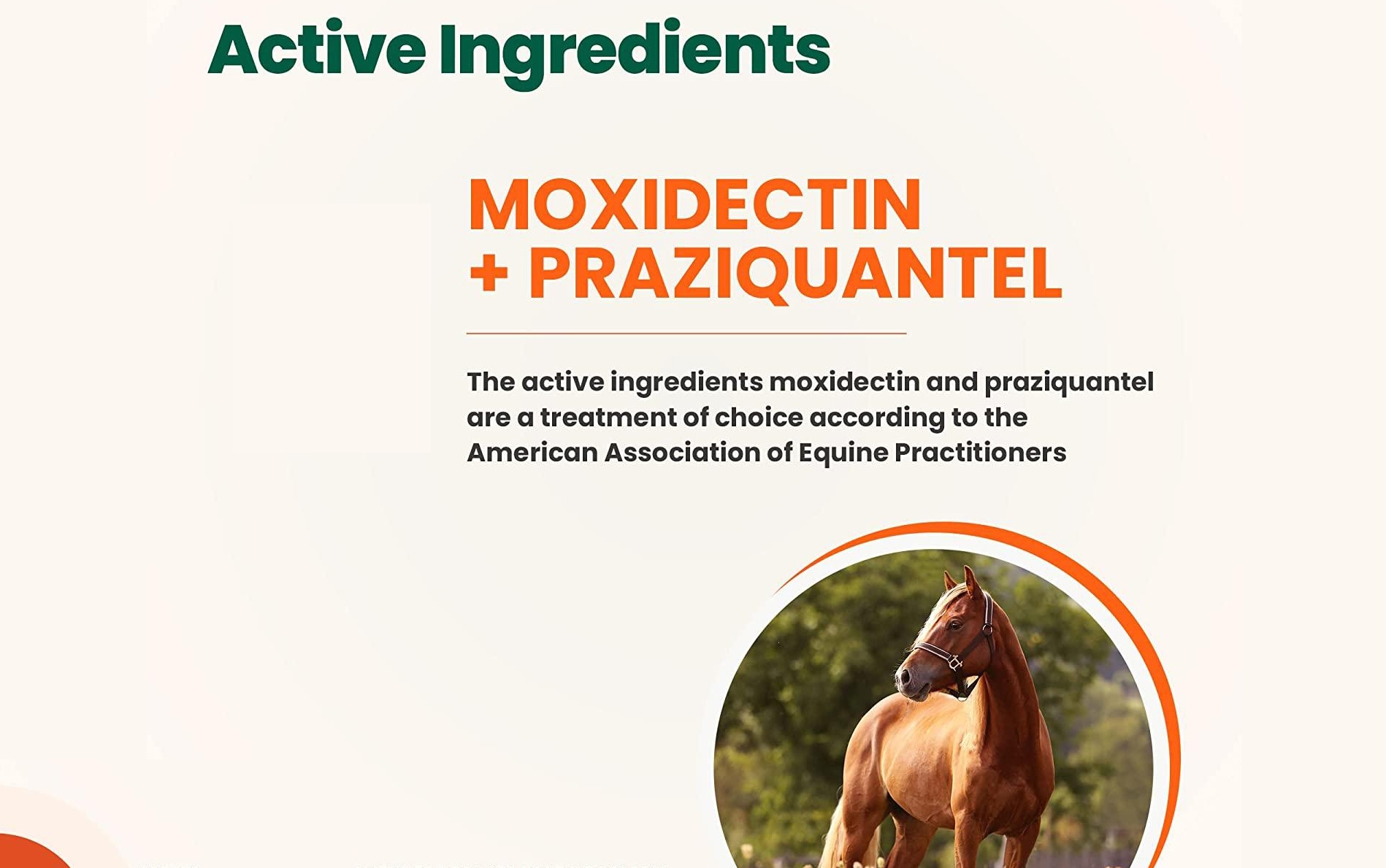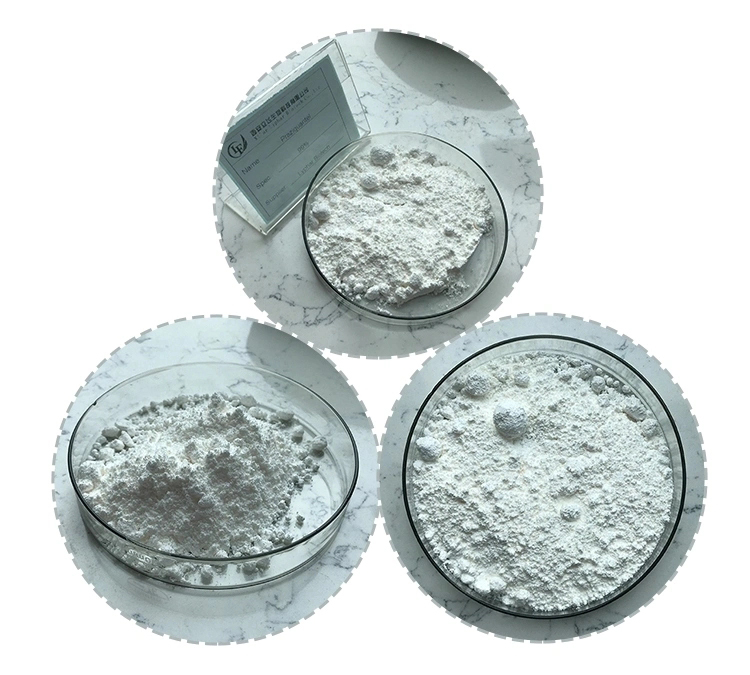Synthetic process of Praziquantel (a widely used anti-parasitic drug, primarily for treating schistosomiasis and other parasitic infections) involves several chemical steps. Below is a general overview of the synthetic process, which includes key stages and reactions:
1. Starting Material:
Synthesis of praziquantel begins with an intermediate compound like 2-(2-chloroethyl)-1,3-dioxolane or another precursor. The starting materials can vary, but the core structure typically comes from a benzodioxole derivative.
2. Formation of 1,2-Benzodioxole Ring System:
One common approach is to start with a benzodioxole derivative (such as 2,3-dihydroxyphenyl), which undergoes cyclization to form a stable ring system, essential for the drug’s activity. This ring is often formed using reactions such as Friedel-Crafts alkylation.

3. Formation of the Piperazine Side Chain:
A crucial step is the introduction of the piperazine ring, which is essential for praziquantel is pharmacological properties. This can be achieved by a nucleophilic substitution reaction, where a piperazine compound (often 1-(2-chloroethyl)piperazine) reacts with an appropriate electrophile to form a linkage.
4. Condensation to Form the Final Structure:
The final structure of praziquantel is assembled through a condensation reaction, which forms the linkage between the benzodioxole system and the piperazine moiety. This step is critical in achieving the drug’s broad-spectrum anti-parasitic activity.
5. Final Modifications:
Once the basic structure is assembled, further reactions such as dehydrochlorination or reduction might be performed to optimize the molecular properties of praziquantel, making it highly active against a wide range of parasitic organisms.
6. Purification and Crystallization:
The crude product is purified using standard techniques such as recrystallization or chromatography. The final compound is then analyzed for purity and yield.
General Reaction Scheme:
- Cyclization to form the benzodioxole ring.
- Piperazine introduction via nucleophilic substitution.
- Condensation to finalize the structure.
- Purification and isolation of praziquantel.

Chemical Properties:
- Chemical Formula: C18H24N2O2
- Molecular Weight: 312.41 g/mol
- Mechanism of Action: Praziquantel works by disrupting the integrity of the parasitic cell membrane, causing damage to the parasites’ tegument and resulting in their death.
This synthetic pathway can be adapted or modified based on the availability of starting materials, cost considerations, and the desired purity and yield.
